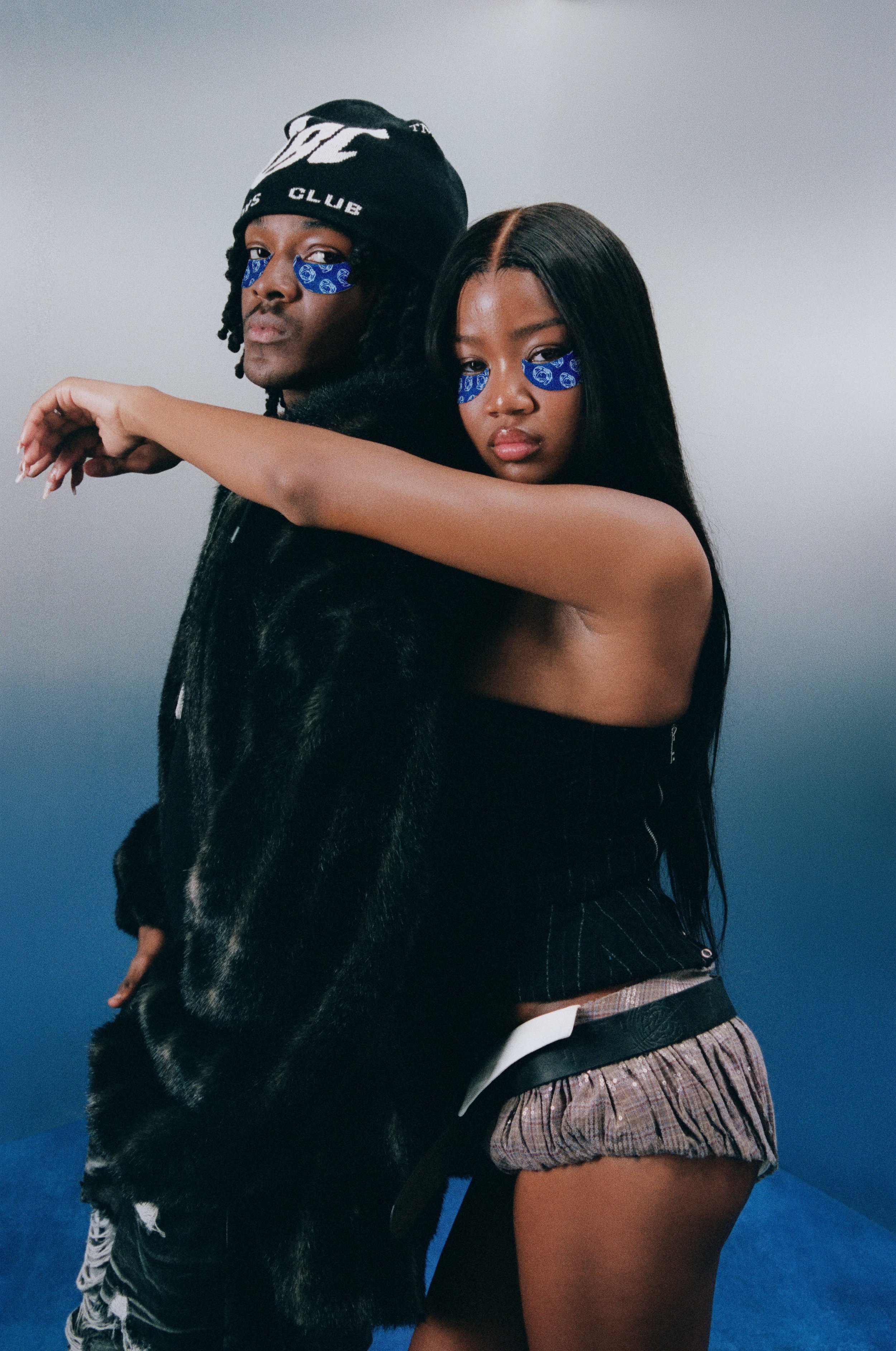The Fabric of Fortune: Exploring Lucky Clothing and Superstitions in Gambling
By PAGE Editor
In the world of gambling, luck isn't always just about chance. Sometimes, it's about choice—especially when it comes to what you wear. An outfit can be more than just a fashion statement; it can significantly impact the wearer's confidence, achievements and ability to think with clarity. Whether you're seated at the gaming table or enjoying your preferred online casinos from the comfort of home, the tradition of lucky clothing is brimming with delightful tales and interesting superstitious beliefs.
For even the most casual fashion lovers, specific pieces of clothing have the profound capacity to hold a story. In gambling, these stories are often intertwined with ideals of confidence and winning. The item in question is usually personal to each individual; however, some garments or accessories seem to particularly interest luck seekers. How about a lucky pair of cuff links, for example? Or that lucky hat or pair of shoes.
It's a belief that is not just limited to casual gamblers. Professional players, such as poker champions and high-stakes gamblers, also have their own superstitions when it comes to what they wear. They meticulously choose their outfits, believing that certain shades or patterns can give them an edge over their opponents. Some players even go as far as hiring personal stylists to ensure that their lucky clothing is perfectly tailored to their needs.
The Psychological and Historical Context Behind Lucky Charms and Attire
Even for those who may gravitate towards certain articles in times of turmoil (a lucky scrunchy, perhaps), all of this may sound like over-the-top adherence to superstition. But, in fact, there are deep psychological principles at play here. Humans tend to find patterns and assign meaning to random events, and wearing something you believe is lucky can actually transform your mindset. With your lucky garment or accessory in stow, you might be able to turn lingering apprehension into audacity or doubt into determination.
Throughout history, different cultures have embraced the concept of lucky clothing, each with its own unique symbols and beliefs. Native Americans, for example, had a deep connection with nature and often incorporated symbols of animals, plants and celestial bodies into their garments. These symbols were believed to bring protection, strength and good fortune to the wearer.
Europeans, on the other hand, were more inclined towards specific colors that were believed to attract good luck. For instance, in ancient Greece and Rome, the color red was associated with power and success, while in medieval Europe, green was considered a lucky color symbolizing fertility and rebirth. Over in China, red is still a widely popular color for bringing luck and fortune.
Lucky Garmets and Sustainability
Just because an item is lucky doesn't mean it needs to be harmful. As fashion and sustainability begin to intersect, it's important to think more consistently about where your clothing comes from. There are many ways in which conscientious fashion lovers can incorporate more sustainability into their lucky wardrobe. One tip straight out of the gates: stay away from the infamous lucky rabbit's foot—there are plenty of charms and totems out there that can bring luck, perhaps it's not necessary to reach for one that clearly isn't cruelty-free.
For the very superstitious, consider how an eco-friendly and sustainable totem works double-duty by increasing your chances of a successful bet while also increasing the chances of a successfully clean future. If there's any place that needs more luck than the casino floor it's our planet's future.
The belief in lucky clothing brings together many spheres: fashion, psychology, culture, history and sustainability. These types of practices often stem from the human tendency to find meaning in the randomness of the world. As the world moves towards more sustainable practices, even these age-old beliefs have successful ways of adapting.
HOW DO YOU FEEL ABOUT FASHION?
COMMENT OR TAKE OUR PAGE READER SURVEY
Featured










Miami Art Week 2025 Powered by Art Hearts Fashion closed out the year with a high-impact, citywide series of runway shows, designer debuts, and star-studded events across Miami’s most iconic venues, celebrating global creativity, inclusivity, and the intersection of fashion, art, and culture.